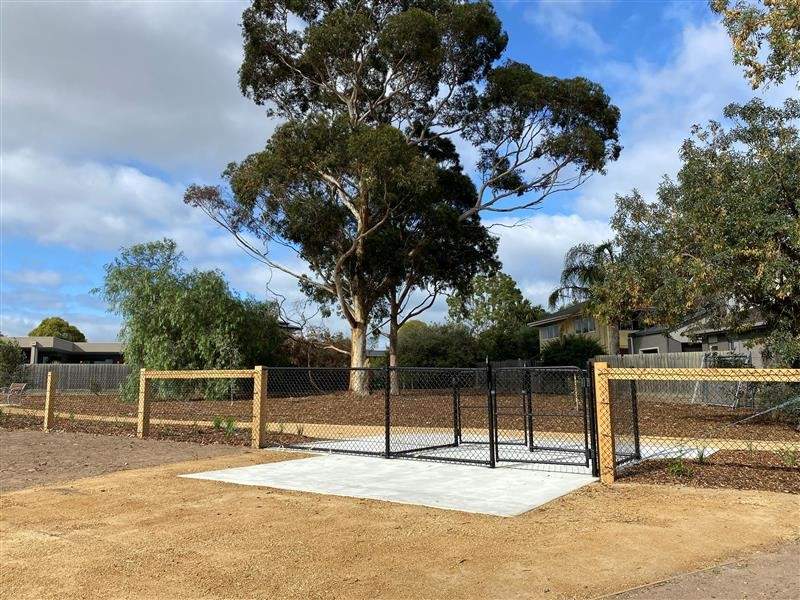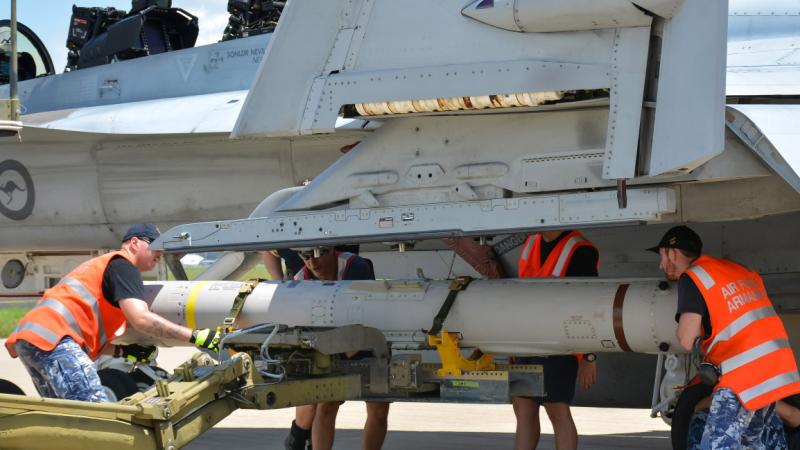South Australian farmers are finishing the year on a more optimistic note, reporting an upswing in confidence in the latest quarter, the Q4 Rabobank Rural Confidence Survey has shown.
The survey, released today, found 15 per cent of SA farmers expect the agricultural economy will improve over the next 12 months, up from seven per cent with that view in the previous quarter, while 38 per cent believe conditions will remain stable. Fewer also expect the agricultural economy to worsen (45 per cent, back from 50 per cent).
Although still at negative levels – with more respondents pessimistic than optimistic in their outlook for the year ahead – sentiment among the state’s farmers was the highest in the nation, neck and neck with Queensland.
SA, Queensland and New South Wales were the only states to record an uplift in rural confidence this survey, completed last month.
Optimism about rising commodity prices was found to be the most significant factor for those South Australian farmers with a positive outlook on the year ahead in the survey, nominated by 81 per cent.
Significant rainfall in recent days across many parts of the state – South Australia’s heaviest December rain in 75 years – was likely to have further boosted farmer sentiment, according to Rabobank regional manager for South Australia Roger Matthews.
The survey found commodity prices were also a source for pessimism among other farmers in the state, continuing to be the main – and growing – reason for those with worsening expectations – nominated by 86 per cent, up from 64 per cent last survey.
There were also heightened concerns about drought for those farmers with a negative outlook, following the September declaration of El Niño, with 29 per cent listing this as a reason for their pessimism, compared with 20 per cent in the previous survey.
Slightly more of the state’s farmers listed input costs as a concern (28 per cent of those farmers expecting the economy to worsen, up from 24 per cent), however worries eased about interest rates and overseas markets/economies (both were 23 per cent last quarter, now 17 per cent).
Mr Matthews said the latest lift in confidence was in line with long-term trends in the state, where a dip in spring is often followed by an improved outlook coming into summer.
“The third quarter survey falls in the middle of uncertainty around what the crucial spring period will deliver for the state’s grain growers. However, the fourth quarter results capture how farmers are feeling now they have a handle on crop quality and yields,” he said.
“The survey may also have captured sheep and cattle producers’ response to the uptick in livestock prices beginning to be seen in November.”
So, while confidence is still in negative territory, Mr Matthews said, “SA farmers have moved away from the uncertainty of spring and are hopeful the end is in sight to the downward cycle of livestock prices”.
Harvest outcomes were also captured among the relatively small percentage of SA farmers with a positive outlook, with grain growers citing improved commodity prices as a reason for their positivity.
“In a season like this, where harvest started early across the state and SA grain growers had already delivered one million tonnes in October, the lift in confidence rides on the back on better-than-anticipated quality and yields in many regions,” Mr Matthews said.
The survey found there were regional differences when it came to sentiment about the seasonal conditions ahead.
Mr Matthews said drought was more a concern for growers on the Eyre Peninsula and from the Upper North where it was cited by just over half who believed business conditions would worsen.
“It reflects the impact of a drier year for these lower rainfall regions, following the forecast that El Niño conditions are set to return after a run of La Niña years,” he said.
Dry conditions were less of a concern moving down to the south-east, where respondents listed a good season as a reason for conditions to improve.
With the recent declaration of El Niño, respondents this quarter were asked about the strategies that will be important to manage the impact to their farm business over the next 12 months.
In SA, a quarter of farmers indicated they would de-stock or adjust stocking rates, and 18 per cent plan to build on-farm feed reserves of hay, grain and silage. However, 19 per cent were confident they are prepared and don’t intend to make any major changes in response to the El Niño forecast.
SA’s livestock producers were less concerned this quarter about the threat to the live export market with it listed a as cause for worry by seven per cent of those with a negative view on the year ahead, back from 12 per cent in the previous quarter, but more were now concerned more generally about government intervention/policies (20 per cent, up from 14 per cent).
“Sheep producers in SA remain mindful of the anticipated phasing out of the live export of sheep,” Mr Matthews said.
Rising input costs continue to put pressure on the bottom line, edging up as a concern for 28 per cent of farmers with a pessimistic outlook, from 24 per cent in the quarter three survey.
The impact of seasonal and market factors saw only nine per cent of the state’s farmers confident their farm incomes will increase over the next 12 months (down from 13 per cent in the previous survey), while 69 per cent expect incomes to decrease (was 61 per cent).
However, in line with the overall increase in confidence, there was an improved investment outlook in SA, where 18 per cent of farmers expect to increase investment in their farm businesses in the next 12 months – compared with 12 per cent the previous survey. Those intending to decrease investment was relatively stable at 16 per cent, compared with 15 per cent the previous quarter.
There was heightened appetite for farmland, with an increased number of those intending to increase their investment over the next 12 months earmarking this for property purchases to expand their operation.
“Stronger interest in investment goes hand-in-hand with more confidence in the economic outlook,” Mr Matthews said.
“Although there was almost unsustainable appetite for land over the past couple of years, this has moderated in recent times, but there’s still a significant number of the state’s farmers who indicate they are in a position to take on more land.”
More SA farmers who are increasing their investment in the coming year will spend on farm infrastructure – such as fences, yards and silos – although there was a decline in intention to invest in irrigation/water infrastructure and increasing livestock numbers.
Labour remains a concern for SA farmers and was listed by a third as the most pressing issue facing the vitality of their local rural community. More intend to invest in increasing labour.
There was an increase in the number of SA farmers who will take on more debt in their business, with 29 per cent of respondents this survey, compared with eight per cent the previous quarter. More than half will use this debt for working capital (52 per cent, up significantly from 20 per cent), reflecting reduced cashflow in many businesses from softer commodity markets.
A comprehensive monitor of outlook and sentiment in Australian rural industries, the Rabobank Rural Confidence Survey questions an average of 1000 primary producers across a wide range of commodities and geographical areas throughout Australia on a quarterly basis.
The most robust study of its type in Australia, the Rabobank Rural Confidence Survey has been conducted since 2000 by an independent research organisation. The next results are scheduled for release in March 2024.








